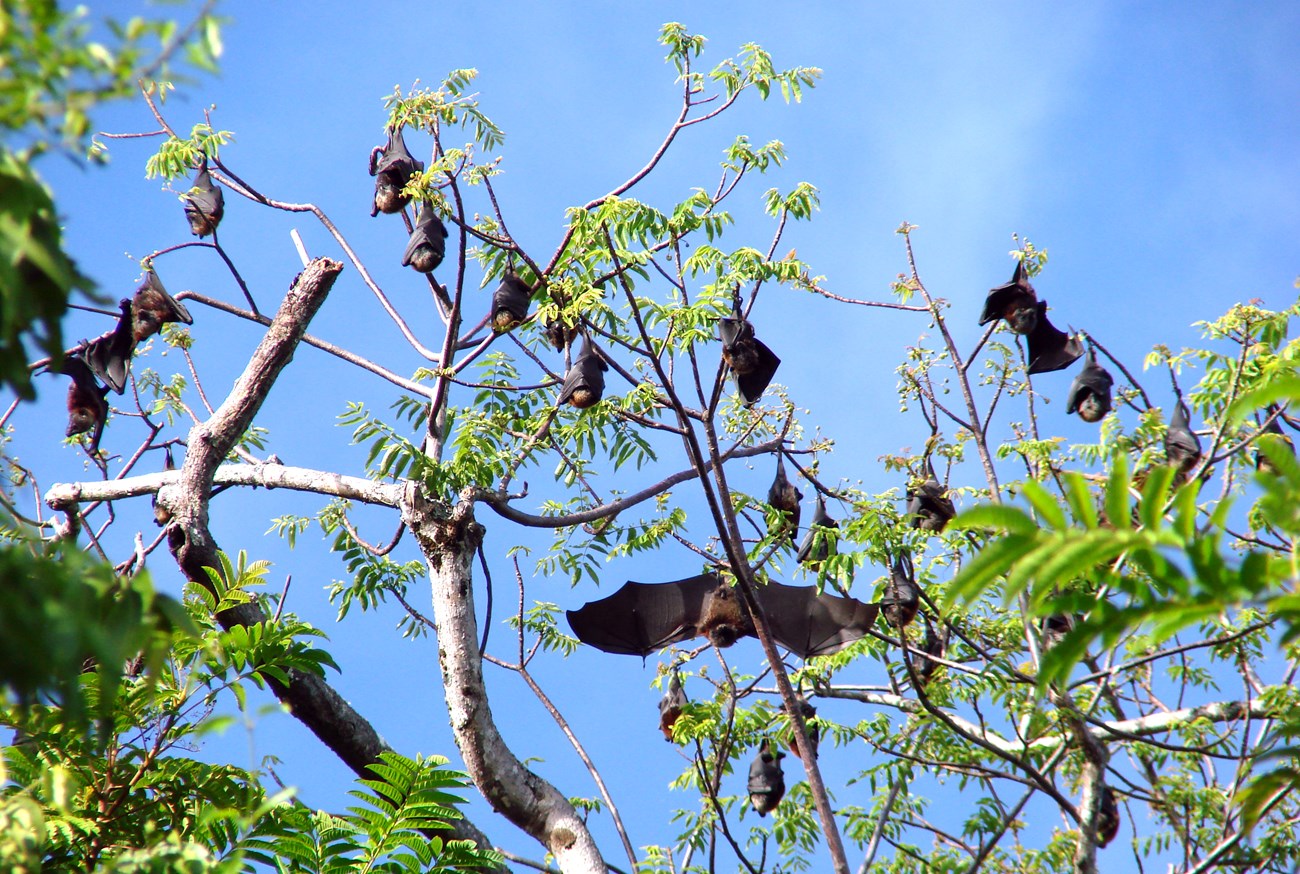To visit the southernmost national park in the United States, you’ll need go a lot further than Hawai’i – around 4,184 kilometers (2,600 miles) further southwest, in fact. That’s where you’ll find the National Park of American Samoa, the only US national park south of the equator.
Where is the southernmost US national park?
The National Park of American Samoa is found in the South Pacific Ocean, over four islands that are part of the US territory of (you guessed it) American Samoa: Tutuila, Ta’ū, Ofu, and Olosega, though parts of the latter island were only incorporated in 2002.
In total, it covers 5,463 hectares (13,500 acres), of which roughly 70 percent consists of land, much of which is covered by lush tropical rainforest, with the remaining 30 percent found in the surrounding marine environment, primarily made up of coral reefs.
A unique method of management
What sets the National Park of American Samoa apart from many of the other US national parks is that the land isn’t actually federally owned – the National Park Service wasn’t allowed to purchase it when the park was first established in 1988.
Instead, in 1993, the service reached an agreement with eight of the villages on the islands and signed a 50-year lease, with two villages from Olosega added in the 2002 expansion of the park. As part of this agreement, the land is managed with the guidance of the matai, the chiefs of the villages.
The purpose of local management relates to one of the goals of the park’s existence: to preserve Samoan cultural heritage. American Samoa is thought to have been inhabited for over 3,000 years, and one of the islands with park lands, Ta’ū, is home to the sacred site of Saua – many believe this to be where Polynesia began.
Natural significance
Not only is the National Park of American Samoa the furthest south of the US national parks, but it’s also the only one with a paleotropical rainforest ecosystem, ecologically important but also entwined in Samoan culture.
The rainforest here is home to over 475 plant species, some of which are native, including Pometia and Pandanus trees – though these have come under threat from invasive species. Around 50 animal species can also be found in the rainforest, one of the most iconic of which is the Samoan flying fox, which has an impressive wingspan of up to nearly 1 meter (3 feet).

Fruit bats, or flying foxes, are some of the park’s most iconic residents.
Image credit: NPS
The marine regions of the park are packed with wildlife too, with over 900 species of fish and over 230 species of coral found in the waters surrounding the islands, which also see migrating visitors such as humpback whales. However, like the rainforest, the marine ecosystem also faces threats from invasive species, as well as climate change.
Source Link: What’s The Southernmost US National Park?